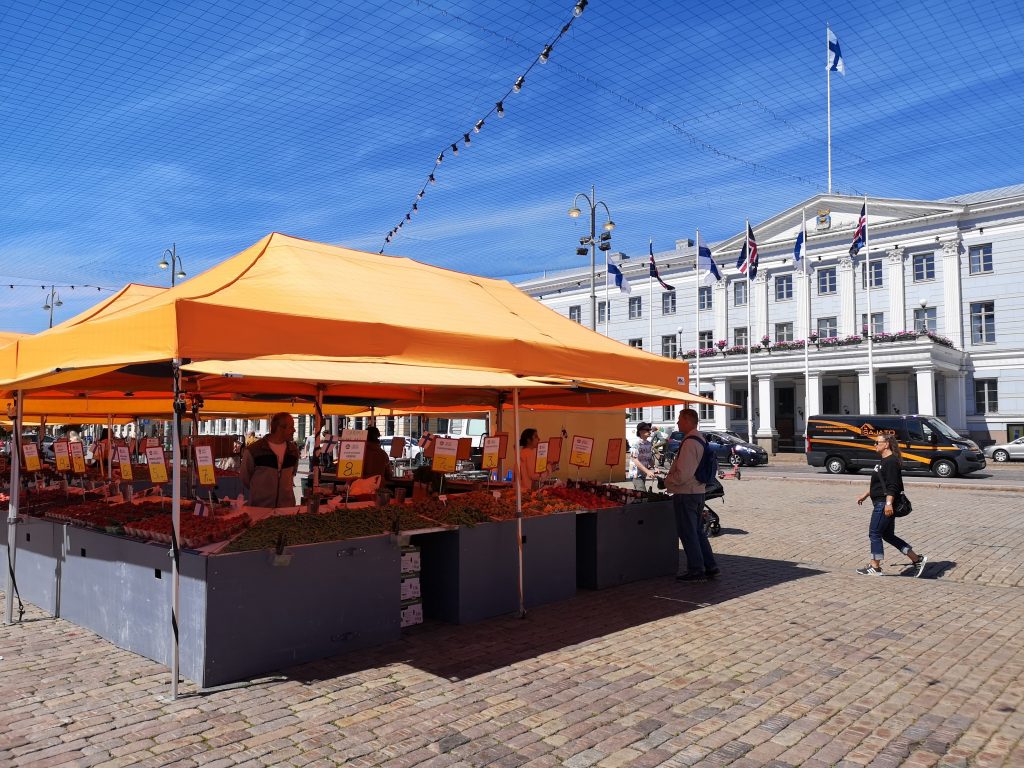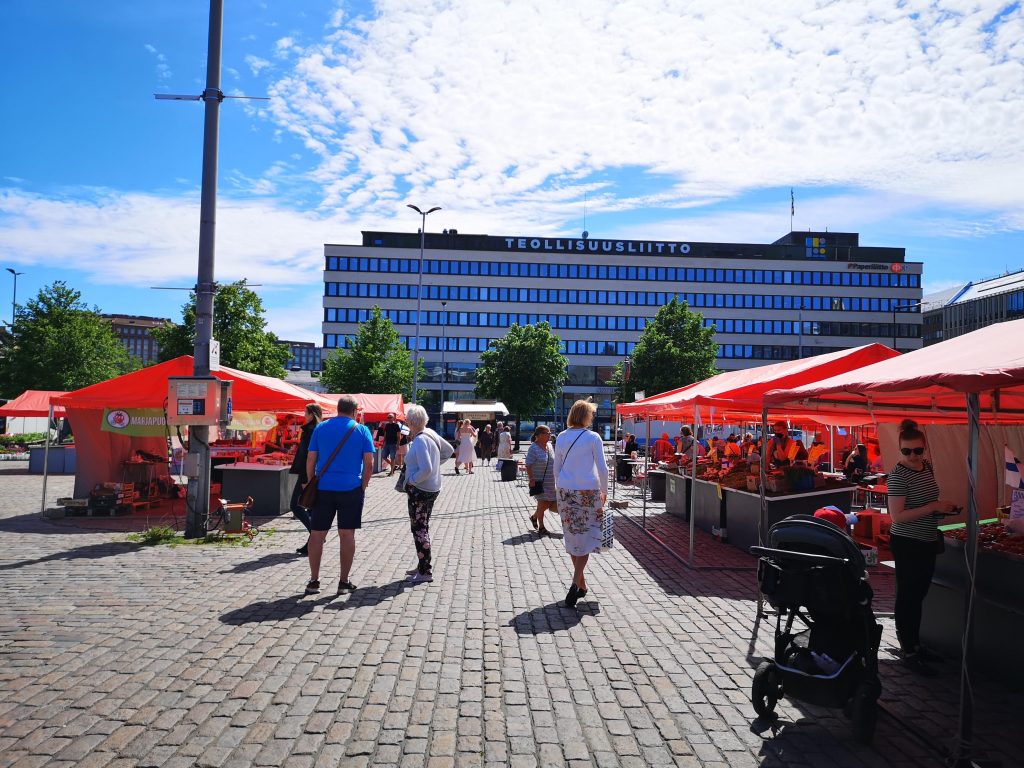By Tiia Kolari, M.Sc., University of Helsinki
Ecological Modernization
A new wave of ‘ecological modernization’ is sweeping across the world. Green cars are prominent drivers, and green technology is in the driving seat. The climate emergency is threatening all life forms on Earth, as the climate is catastrophically changing due to rising greenhouse gas (GHG) emissions in the atmosphere. These rising GHGs are the result of multiple generations of fossil fuel consumption, which has enabled the modern way of human life. There is an urgent need to reduce GHG emissions, resulting in an upswing of technological development to help climate change mitigation and GHG emission reductions. A dominant discourse in the popular culture is that this advanced technology can provide us with “greener” energy and give us more morally acceptable transportation options such as electric cars. Yet, these technological advancements pose other environmental and social risks and create impacts and injustice elsewhere. This post discusses the conflict between climate change mitigation through the so-called green technological advances associated with electrification and their contributions to the environmental degradation and social injustice caused by extractive activities of the mining industry.
Extraction of lithium for “green” technology
“Green” technology refers to electric vehicles, solar panels, and wind turbines that run on batteries that can store a certain amount of energy. Making the batteries for these “green” technologies require extraction of Earth’s resources, including metals like lithium. Lithium is an essential metal used in the batteries of electric cars; thus, the demand for lithium is constantly increasing. Due to the increased demand, electric car producers are projected to face challenges in lithium availability as early as 2025, and eventually lithium reserves will run out. Most of the lithium comes from the global South and the biggest lithium extractive countries are Argentina, Bolivia, and Chile.
The dominant Westernized lifestyle is based on consumption and material extraction through mining that falls under the concept of extractivism, which includes, for example, forestry and hydropower, where natural resources are extracted for monetary gain and used somewhere else than the country of origin. It is likely that extractive activities will become more intense as the demand for electric cars and solar power increases. This raises social and environmental concerns in extractive areas.
Is “green” technology “green”?

In the global North, electric cars and similar technology are seen as “green” alternatives for fossil-based technology and vehicles because they do not directly release carbon dioxide. However, this assumption needs more scrutiny as these technologies are produced through extractive activities in the global South. Mining is an essential part of the supply and value chains of green technology as rare Earth metals must be used to produce the batteries.
The impacts of electrification and green technology are unjustly distributed between countries, which accentuates power imbalances between the global North and South. The mining processes and technology used in lithium mining can cause environmental toxicity, which negatively affects ecosystems and impacts terrestrial and marine biodiversity through habitat loss and degradation. The operations themselves cause environmental harm as do the land reforms and changes that occur when operations modify landscapes, through the creation of large, contaminated areas that become unsuitable for sustaining life. For instance, lithium mining in China has caused an increase in graphite pollution from mining processes, which has killed local trees, and polluted the water, which has led to an increase in health problems for the local population. Simultaneously, these technologies are touted as “green” because air in Western countries becomes less polluted, which results in improved air quality and reduced mortality rates when polluting cars are replaced with electric cars.
Not only are the health of nature and local people threatened, but mining activities also deprive land and forest from local communities who depend on them for their livelihood. These impacts may be dismissed if the mining industry offers job opportunities for local people reducing poverty and increasing wealth, food, and income security. Regardless, these benefits are unevenly distributed, which likely increases social tensions between mining and non-mining districts. While some people may gain new opportunities from mining, many people and other species are left to endure large scale negative impacts. Moreover, the rights of Indigenous communities can be ignored when large mining companies expand to their regions, which can create conflicts.
Power imbalances, climate change adaptation/mitigation, and social (in)justice
These environmental and social impacts depict inequitable power imbalances driven by capitalist market economy and structures. Governmental neoliberal reforms allow private companies to extract resources and enable the exploitation of resources and subjugation of local communities. This situation is made possible when governments allow dispossession of public resources, for instance, the formerly state-run mining operations in Mexico are now largely private.
Immense power imbalances occur when electrification of transportation and green electricity are viewed as actions to mitigate climate change in the global North, but the impacts of this mitigation are experienced in the global South. Consequently, green technology creates and sustains “capitalist urbanity” where nature is re-shaped for capital accumulation through mobilization of resources, dispossession of local people and mobilization of labor. Green technology through its reliance on extractive mining for infrastructure and materials makes poor communities even more vulnerable to climate change catastrophes. Vulnerabilities are created when large socio-political structures do not prioritize the protection of the most marginalized communities, who are left to pay for the externalized environmental costs of the global North. How can the global North justify their climate mitigation measures—like driving electric cars—at the expense the global South? Post-political and techno-managerial climate change adaptation explains this wherein democracy is narrowed and as Eric Swyngedouw wrote in 2015, “where the neoliberal frame of market-led and growth-centered development cannot be legitimately questioned”.
What is discussed here does not differ much from colonial times. Local communities are pressured for monetary gain of others. Even when companies and local people share partnerships that allow mining on local and indigenous territories in exchange for development aid, these partnerships are based on “modernizing” the local people through projects guided by the companies. Moreover, often local governments are not able to step in and control the activities of large mining companies and trust issues are likely to occur between local Indigenous peoples and companies.
Driving out the global South?
E-waste from the global North is a persistent problem in the global South. Coupled with precarious labor in the informal economies where the waste from the technologies of the global North are dumped, ecological modernization seems to be metastasizing into ecological imperialism. Climate change adaptation and mitigation should not be carried out at the expense of the global South. There is a need to overcome the dichotomy between actions and consequences in the quest for a sustainable future. Often the very measures undertaken in support of climate change mitigation and adaptation are contributing to environmental and social degradation and injustice. What makes all this questionable is that “energy efficiency improvements do not necessarily result in a reduction in energy consumption per se. As Schlosser notes in 2020, “extractivism is a dead end”. We need to question the concept of green technology, challenge ecological modernization, and find other sustainable solutions to ecological imperialism in disguise. Therefore, it is important to reconsider climate change mitigation through extractive activities, profoundly scrutinize the consumerism that characterizes the modern Westernized lifestyle, and radically transform the social structures of ecological imperialism.

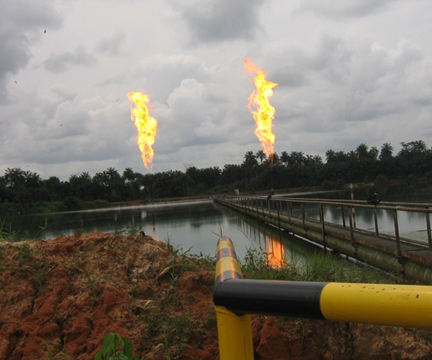
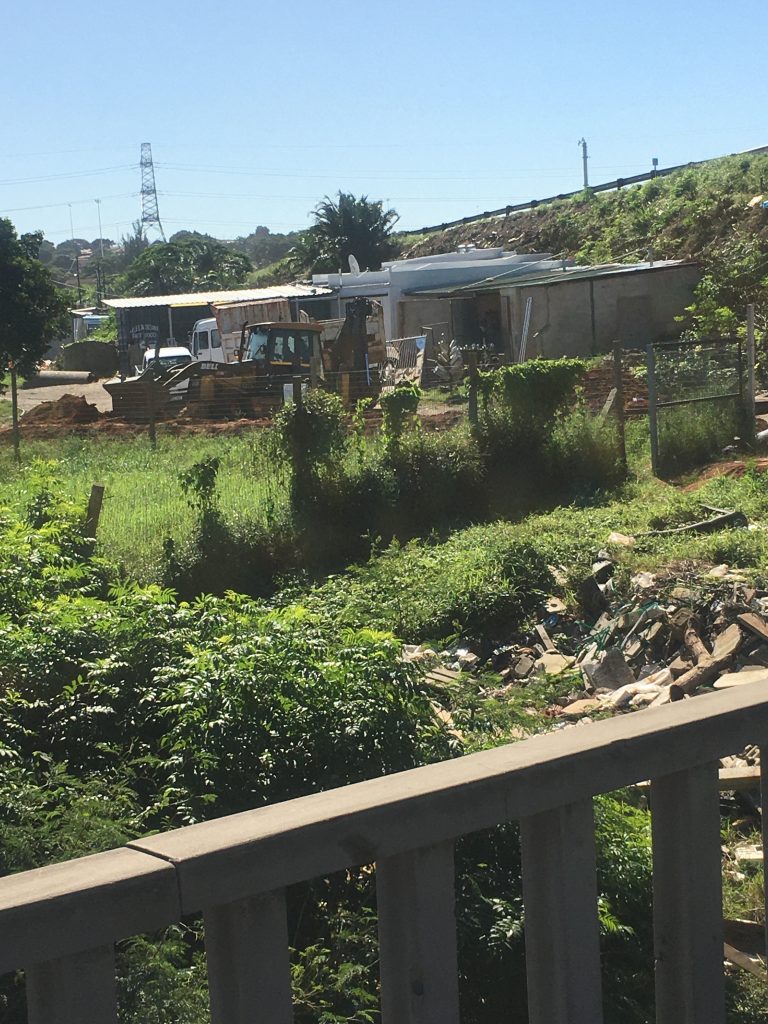
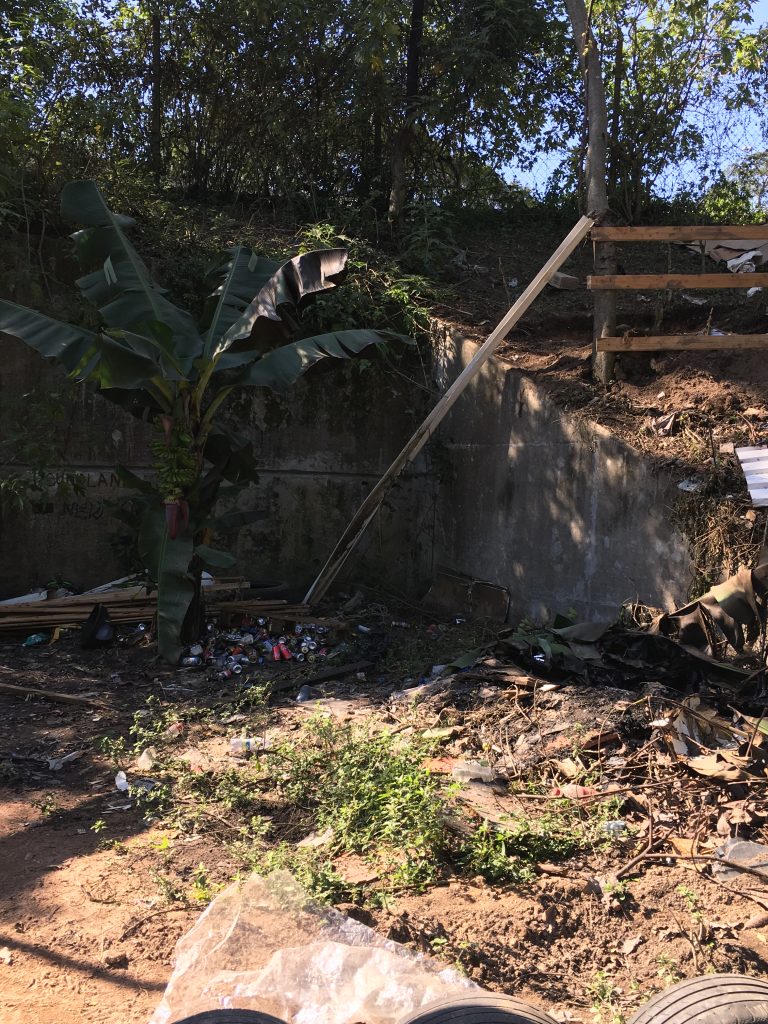


 The worsening global ecological crises justify the increasing attention given to sustainability science, environmental thinking generally, environmental policy, and activism. But
The worsening global ecological crises justify the increasing attention given to sustainability science, environmental thinking generally, environmental policy, and activism. But 
